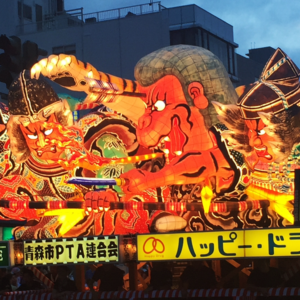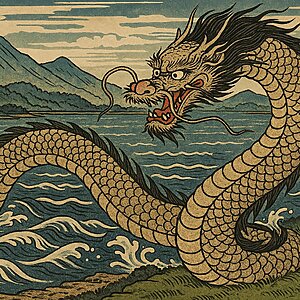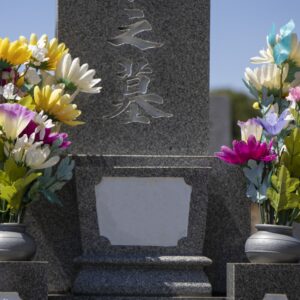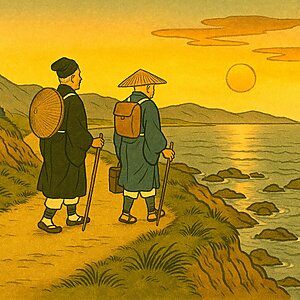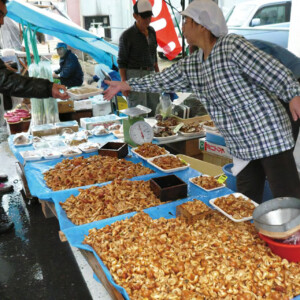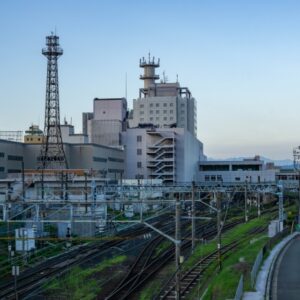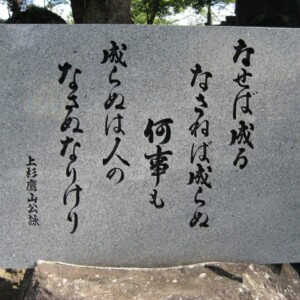
Tsuruga Castle on Mt. Adatara! There are many places to see autumn leaves in Fukushima Prefecture!
table of contents
It's mid-October, and autumn has officially arrived. In the Tohoku region, you can already see people enjoying autumn leaves viewing. There are various autumn foliage spots in Tohoku, but this time we focused on the autumn foliage in Fukushima Prefecture! What kind of famous places are there?
Tsurugajo Park where you can see the light up
Tsurugajo Park, a tourist spot that represents Aizuwakamatsu City, is also known as a great spot for autumn leaves. The mountains surrounding the Aizu Plain are decorated with beautiful autumn leaves, adding to the Japanese atmosphere of the castle. You can enjoy viewing the autumn leaves while walking through the park.
In 2017, the autumn leaves will be illuminated from October 20th (Friday) to November 2nd (Sunday), making it perfect for a date night.
Let's take a walk while admiring the fantastically glowing autumn leaves. The best time to see them is usually from late October to mid-November.
Tsurugajo Park<Information>
- Name: Tsurugajo Civic Park
- Address: 1-1 Otemachi, Aizuwakamatsu City, Fukushima Prefecture 965-0873
- Phone number: 0242-27-4005
- Official URL: Aizu Tsurugajo Castle Ruins Park
Google Maps
Let's go see the giant ginkgo at Shingu Kumano Shrine
When we think of autumn leaves, we tend to think of maples, but the impressive autumn leaves of the giant ginkgo tree are sure to captivate your eyes. The giant ginkgo tree in Kitakata City, which is over 800 years old, is said to be a sacred tree, and just looking at it is said to bring good luck.
When the leaves fall, the area around the tree looks like a beautiful yellow carpet, and this alone is worth seeing. The peak season will be in mid-November, so you'll still have plenty of time to go if you go now. I'm looking forward to seeing the light up as well.
Shingu Kumano Shrine<Information>
- Name: Shingu Kumano Shrine
- Address: 2258 Shingu Kumano, Keitoku-cho, Kitakata-shi, Fukushima 966-0923
- Phone number: 0241-23-0775
- Official URL: Kitakata Tourism and Products Association
Google Maps
Autumn leaves at Mt. Adatara peak during October.
Currently, Mt. Adachi Tara, which has an altitude of over 1,700m, is at its peak of autumn leaves. At Mt. Adatara, which has been selected as one of Japan's 100 Famous Mountains, the leaves of various trees such as Quercus oak and beech are colored, creating a stunning contrast between red and yellow.
One of the most popular is Mt. Yakushi, which is approximately 1,300 meters above sea level, and you can often see people enjoying taking photos.
Access to the top of the mountain is easy by using the ropeway that connects the base of the mountain to the top. It takes about 10 minutes and you'll feel like you're walking through the autumn leaves.
Adatara Mountain<Information>
- Name: Adachi Tarasan
- Address: Ishidake Kuromori, Atami-cho, Koriyama-shi, Fukushima 963-1301
- Phone number: -
- Official URL: -
Google Maps
Weeping maples in Nakakamado that can be seen until December
The peak of autumn leaves is from October to November, but you can enjoy the giant weeping maple of Naka-Kamado, which is located within the grounds of Kannon-do in Iwaki City, from late November to early December.
It is a huge tree with a height of about 7m, and its umbrella spreads about 10m from east to west. The large, weeping bright red autumn leaves have a unique shape and are quite a sight to behold. Since it is a rare tree, it has been designated as a national natural monument since 2000.
Weeping maple in Nakakamado <Information>
- Name: Weeping maple of Nakakamado
- Address: 117-2 Nakakamado Omote-mae, Watanabe-cho, Iwaki-shi, Fukushima 972-8337
- Phone number: 0246-23-0122
- Official URL: -
Google Maps
summary
Fukushima Prefecture has many autumn leaves that are illuminated, making it perfect for a date night for couples. There are spots for fall foliage both in urban areas and in the mountains, so it's a good idea to visit a different spot each holiday. I hope you can see your favorite autumn leaves such as maple and ginkgo.


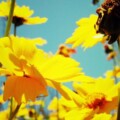
![Let's go to the best Imoni festival in Japan to be held in Yamagata City! [Yamagata Prefecture] Yamagata style imoni](https://jp.neft.asia/wp-content/uploads/2017/01/28007181_m-150x150.jpg)
![What is "disc dumplings" in Fukushima City? Introducing recommended shops and history [Fukushima Prefecture] Disc Dumplings 1](https://jp.neft.asia/wp-content/uploads/2023/03/31485117_m-150x150.jpg)
![[Tsuruoka City, Yamagata Prefecture] Tsuruoka's food culture has been passed down for hundreds of years 1470_Zenpoji Temple](https://jp.neft.asia/wp-content/uploads/2023/04/2d6b75e2500adfb8f7b8e6c68a2f7a03-150x150.jpg)
![The Ani Mine, which was said to be the number one in Japan during the Edo period and supported the Kubota Domain [Kita Akita City, Akita Prefecture] Ani Mine](https://jp.neft.asia/wp-content/uploads/2024/04/anikouzan-150x150.jpg)
![Sanriku Railway continues to run today after overcoming the crisis [Iwate Prefecture] 22107509_m](https://jp.neft.asia/wp-content/uploads/2024/12/22107509_m-150x150.jpg)


